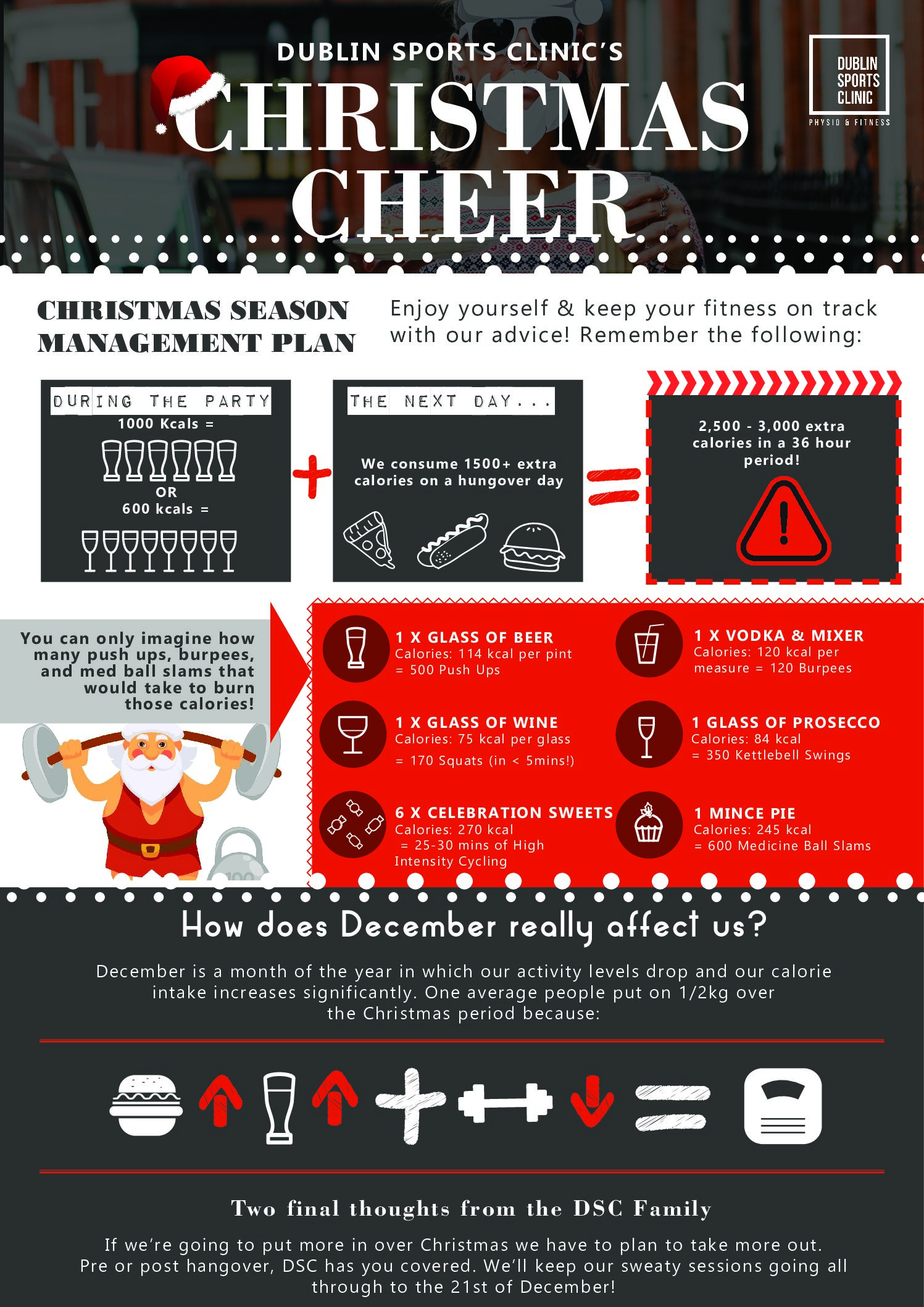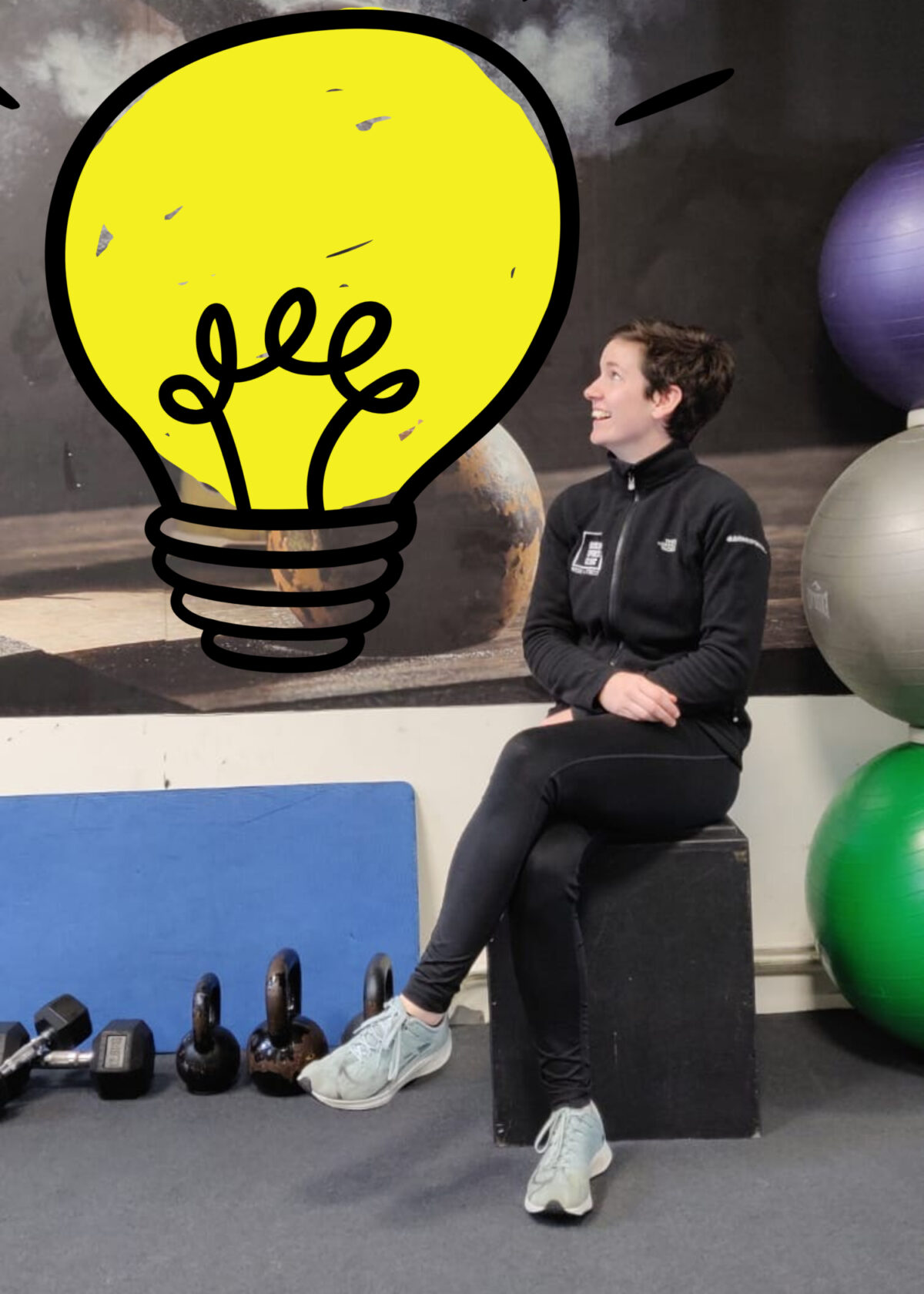Groin pain in athletes/recreational athletes is a very common complaint. The nature of the pain can vary hugely depending on the cause or mechanism of injury. For example, some will report pain with coughing and sneezing whereas others might only get pain after high intensity training. Your acute injury associated with a fast, explosive movement such as kicking is easier to diagnose and manage. The more problematic presentation is the progressively worsening ache, sometimes intermittent, that is just not going away. The person who seeks help for the latter of these usually has tried to rest for a short period or has just carried on and hoped that it will go away.
The types of activities/sports where groin pain is observed most frequently are multi-directional sports, especially those that also involve kicking, and any sport that involves high running loads. In a large study of footballers in the Champions League, groin pain was the third most common injury, only behind hamstring strains and lower limb contusions (dead legs). In the clinic here, we often see hip/groin complaints in long distance runners who train very frequently (>4/week) but perhaps don’t compliment this training with strength training or the appropriate amount of rest and recovery work.
There are a lot of possible reasons that someone might present with groin pain but the greatest risk factors are as follows:
- Previous groin injury
- Reduced hip adductor strength relative to abductors (groins vs glutes)
- Not enough sport-specific training (not enough exposure to high demands of sport – need to build resilience)
Whether or not hip range of motion is a major risk factor or not is still up for debate in the research, but I always think that if something can be improved then there’s no harm in trying.
These risk factors should guide your training if you play a multi-directional sport, clock up a lot of miles on the road, or are even just training for general health. Having strong, fit adductors is a lot better than having weak, easily fatigued adductors. A large study on the effectiveness of including hip adductor eccentric strengthening exercises in a warm-up routine for football resulted in large reductions in groin injuries.
There are a number of different structures that could be causing the pain you are having and that is why it is so important to get a full assessment from a chartered physiotherapist if you are having a problem with your hip and/or groin.
The pain could be referring from your lower back, your sacro-iliac joint, or your hip joint itself. Alternatively, the pain could be stemming from your adductor muscles, the hip flexor muscles, the pubic bone, or the inguinal fold – the fold where your leg meets your trunk (see Fig. 1 above). There are specific characteristics of all these different sources of pain that the physiotherapist can identify as the cause and plan the treatment/management accordingly. The area of pain is usually the victim whereas the biomechanical assessment will usually identify the culprit.
Treatment will usually involve training modification (modify training frequency/volume), working on hip adductor, abductor and abdominal strength, and improving single leg control in stationary and dynamic exercises although this all depends on the individual and how their symptoms present. The rehab should be based around the individual’s symptoms, biomechanics, sport, training history and several other important factors. There is no magic recipe that will work for all.
If you are suffering from groin pain or another injury, contact Dublin Sports Clinic on 01-5517343 or [email protected] to book a physiotherapy consultation.
Blog by William Cuddihy MISCP, Chartered Physiotherapist at Dublin Sports Clinic.
References:
- Thorborg, K. (2018). Clinical Examination, Diagnostic Imaging, and Testing of Athletes With Groin Pain: An Evidence-Based Approach to Effective Management. Journal of Orthopaedic & Sports Physical Therapy. 48 (4), 239-249
- Esteve, E. (2015). Prevention of groin injuries in sports: a systematic review with meta-analysis of randomised controlled trials. British Journal of Sports Medicine. 49, 785-791.
- Bahr, R. (2017). Why we should focus on the burden of injuries and illnesses, not just their incidence. British Journal of Sports Medicine. 0 (0), 1-4.
- Whittaker, J. (2015). Risk factors for groin injury in sport: an updated systematic review. British Journal of Sports Medicine. 49, 803-809.
- Weir, A. (2015). Doha agreement meeting on terminology and definitions in groin pain in athletes. British Journal of Sports Medicine. 49, 768-774.
- King, E. (2016). The athletic hip and groin. In: Joyce, D. and Lewindon, D. Sports Injury Prevention and Rehabilitation – Integrating Medicine and Science for Performance Solutions. New York: Taylor & Francis. 307-321.
- Harøy, J. (2017). Including The Copenhagen Adduction Exercise In The Fifa 11+ Provides Missing Eccentric Hip Adduction Strength Effect: A Randomised Controlled Trial. British Journal of Sports Medicine. 51, 327.

Staying on Track in December
Around Christmas time we have more work dinners, catch up with old friends, friends come home for the holidays and there’s a more family gatherings.

Member of the Month
Stephanie has been one of the most consistent and motivated clients I have ever trained. After ankle surgery a few years ago, our training journey

Top 10 Q’s October
How often should I train in a week? Easy – at least 4 times a week to achieve a healthy lifestyle. Your weekly exercise routine

